Top 8 dishwasher mistakes, according to someone who tests appliances for a living
Are you making these dishwasher mistakes?
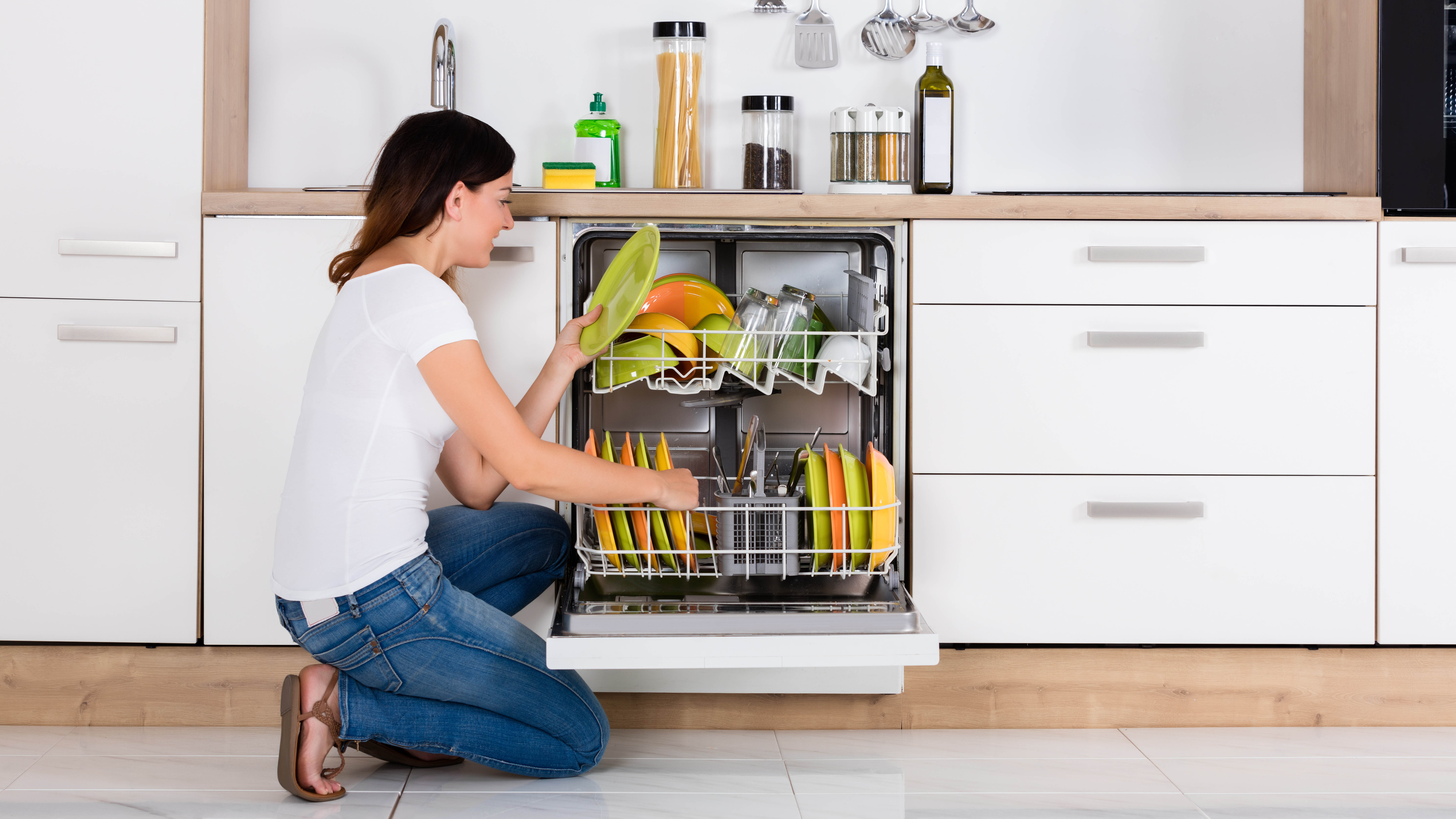
It might be an unusual thing to say, but the dishwasher is actually one of my favorite appliances. When you think about the time, money and hassle this machine actually saves, it’s a wonder they’re not appreciated more — especially when you compare using the dishwasher vs washing by hand. However, after testing appliances for over six years, I can’t help but spot everyday mistakes that people make with these machines. Errors which can deter the performance of even the best dishwashers.
Some of these mistakes may surprise you, others you may well have seen others making, much to your own frustration. In any case, it’s best to be made aware of them so you can make the necessary changes and improve your overall experience with your dishwasher. Ignore them, and you could shorten the lifespan of your appliance or face expensive repair bills in the near future. Here are the top 8 dishwasher mistakes I see everyone making.
Be sure to also check out 7 ways to improve your dishwasher’s performance.
1. Loading it incorrectly
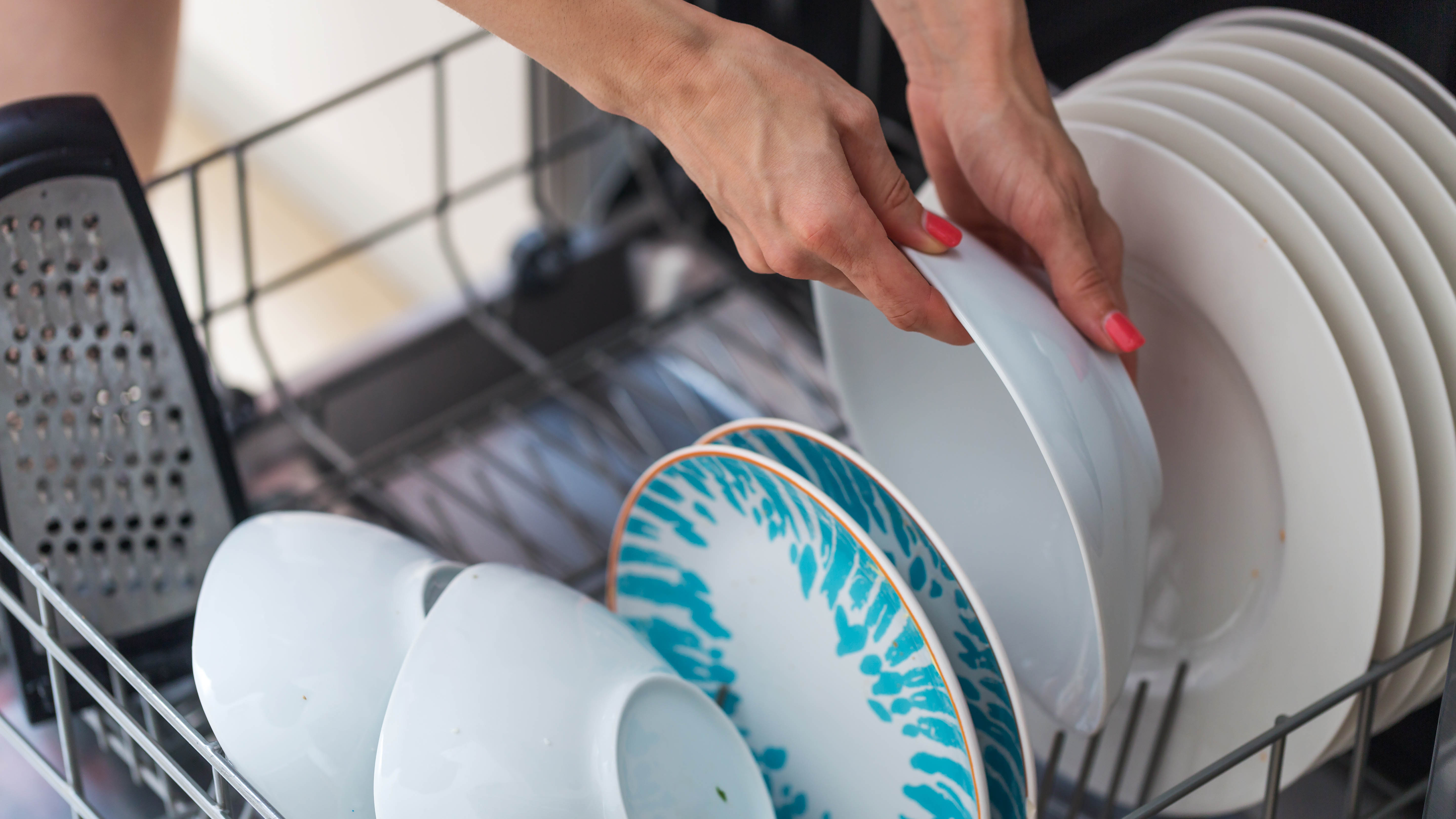
This has to be the most common mistake people make with their dishwashers. Most of us will learn how to load a dishwasher from our families and others we’ve lived with throughout our lives. I wonder how many actually check the manual? The fact is, there is a right way to load a dishwasher, and it does make a difference.
The rack of each model will have an alternative layout, and depending on the distance between the tines, there will be designated areas for dinner plates, side plates and bowls. Follow the recommended layout and you will take better advantage of the capacity and get a better wash performance to boot. The same is true for the upper rack as well. Saucers, cups and drinking glasses will also have designated areas. Ignore these recommendations, and it’s all too easy for items to make contact with each other, fail to wash and dry properly, and ultimately hinder the performance of your dishwasher.
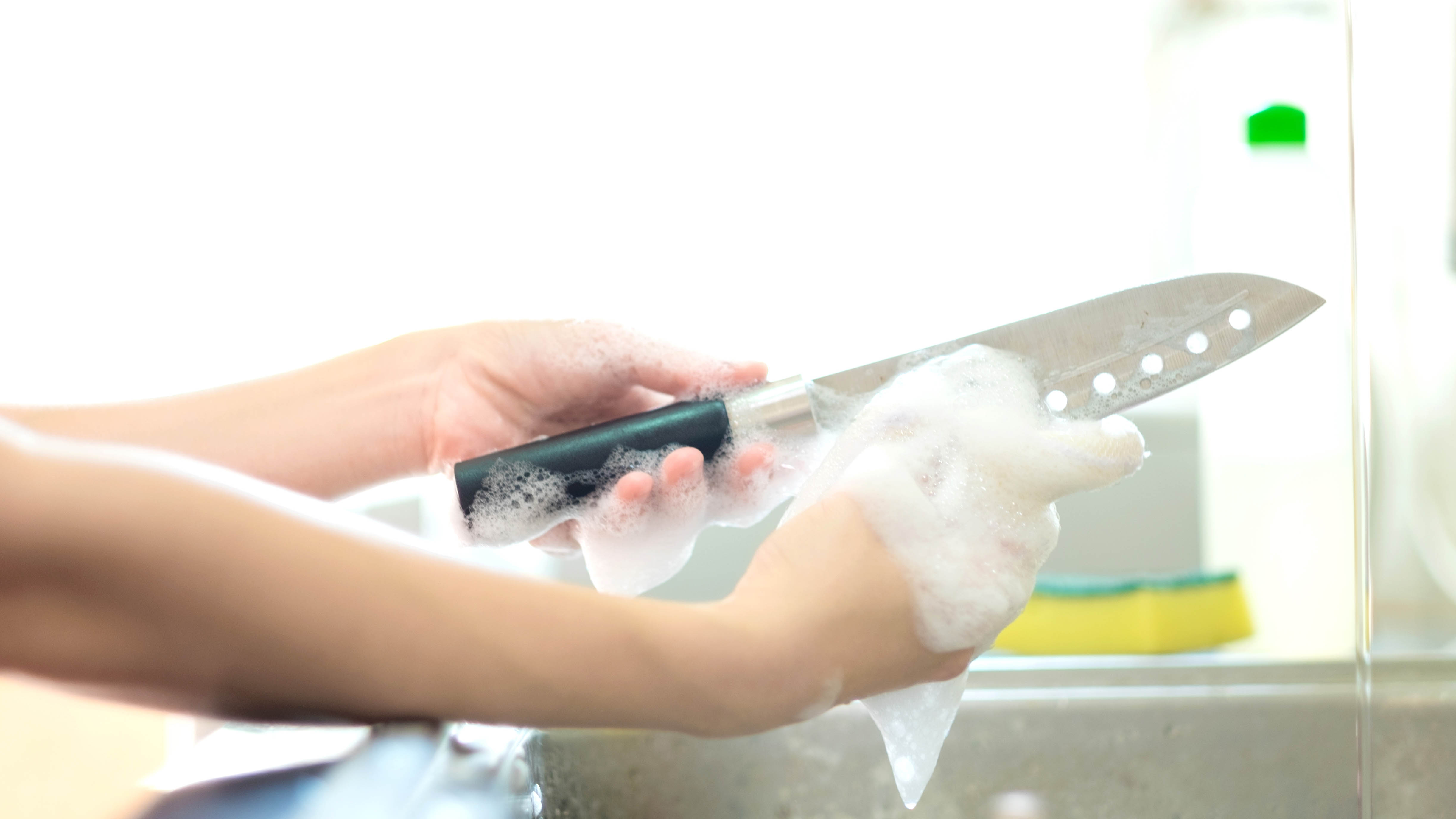
Items should never be touching, otherwise the water can’t flow through during the wash. Avoid blocking the spray arm with tall pots and pans in the lower rack as well — if this can’t freely rotate, the load won't be washed properly and you will just be wasting electricity. Remember, you can always raise and lower the upper rack to allow for tall items.
On top of loading it incorrectly, there are several items which just shouldn’t go in this appliance. In fact, here are 13 things you should never put in a dishwasher. The most common culprits I see are chef’s knives and wooden utensils. Dishwashers are the worst thing for knives because these items will end up corroded and damaged by the heat and humidity. They can also cut into your baskets and cause damage to the appliance itself via rusting, not to mention they’re a safety hazard during loading and unloading if you’re not careful. Wood, on the other hand, will generally warp and crack in a dishwasher, so keep it out. Carefully hand wash both of these items instead.
2. Not loading it to full capacity
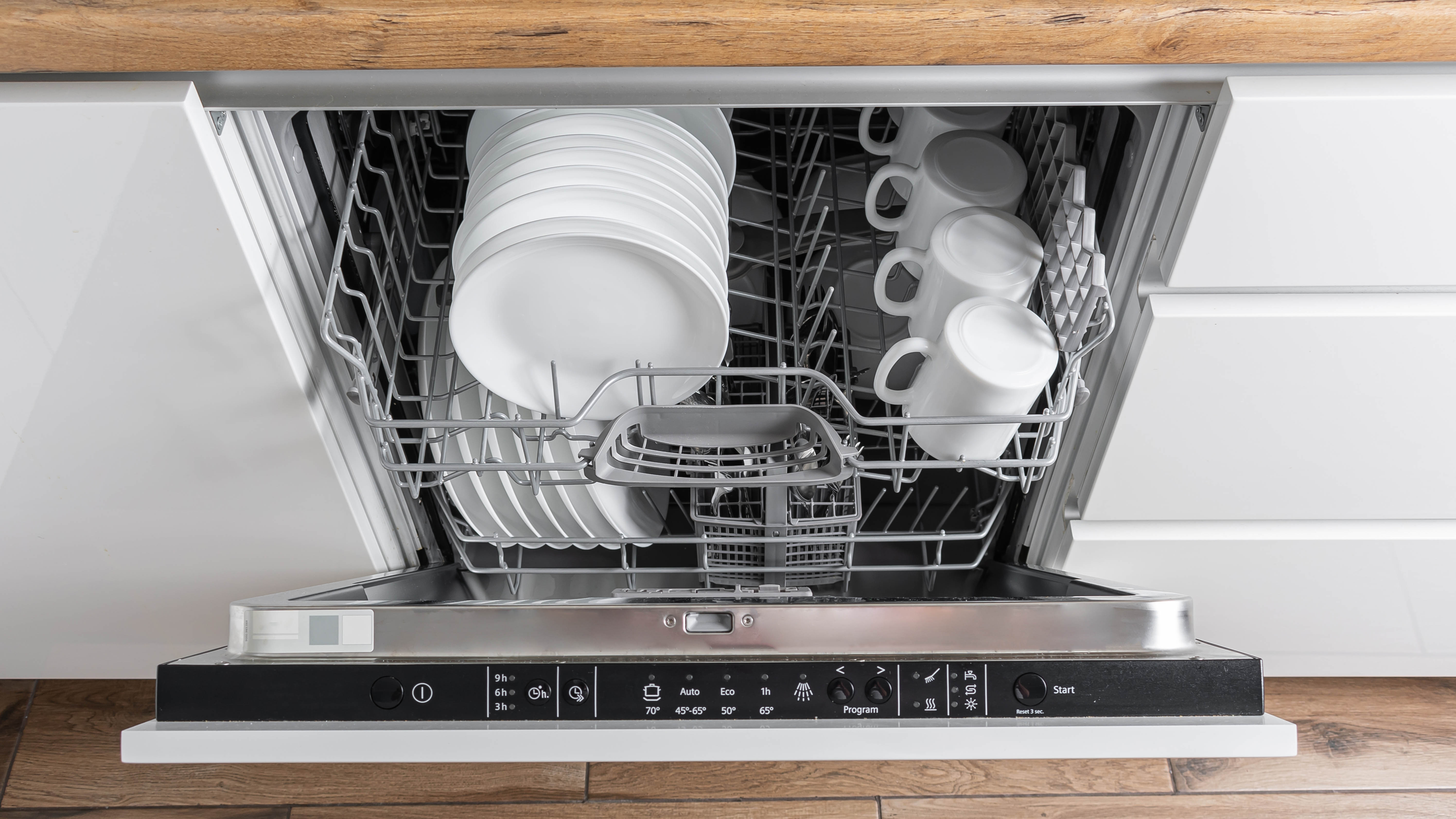
Plenty of us are guilty of this one, especially if you need a few days to fully load the dishwasher and it starts to smell in the meantime. The problem is that you’re likely wasting both water and electricity when you run your dishwasher at less than full capacity, because you will be running more wash cycles than necessary. And while using the Auto setting (if your dishwasher comes with one), will vary the time and temperature of the wash depending the soil levels, you will still ultimately use the dishwasher more often than required, potentially shortening its lifespan.
If you’re guilty of this habit because you can’t stand the smell, you could try leaving the door closed during gradual loading. You could also make sure that any residual food debris is adequately scrapped away before loading — although don’t rinse your plates; more on this later. Maybe a smaller dishwasher would be more practical for future use when it comes to upgrading. There are compact cabinet-fitted designs available which are only 18 inches in width or portable dishwashers which can sit on your countertop. Alternatively, look out for dishwashers with half-load wash options. With these, you can focus the wash on the top or bottom rack and save on energy.
3. Running the wrong setting
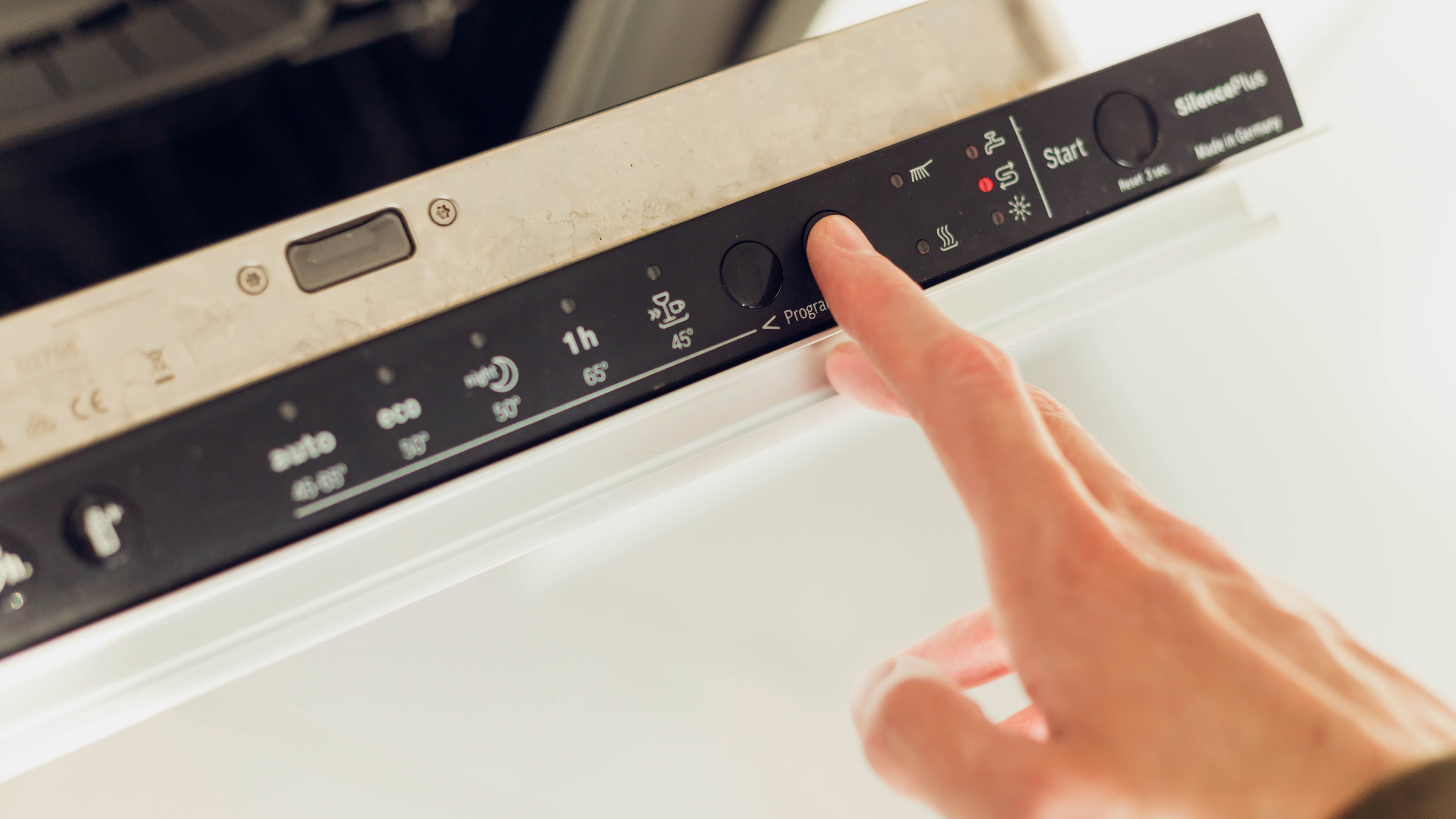
Much like washing machines, when it comes to dishwashers, many of us will just rely on the same setting over and over, even though there’s several to choose from as well as options to better customize the wash. Make sure you familiarize yourself with your dishwasher’s settings using the manual and choose the appropriate one depending on the load. For instance, the Heavy setting is best suited for heavily stained pots and pans, as it reaches a high temperature, while Delicate is ideal for glassware, because it runs at a lower temperature, making it more gentle.
If your dishwasher comes with an Eco setting, make sure you take advantage of this as well. The cycle will run for longer than usual, but it will save you in terms of energy and water consumption. Keep in mind this setting shouldn’t be used for heavily stained items though.
Be open to your wash options too, as these can improve both the performance and your experience. You can always use the timer to delay the wash for a more appropriate time, or apply steam to the cycle for extra cleaning power, if your dishwasher has this option. Sanitize settings are quite popular now as well for killing germs and bacteria.
If you’re lucky enough to own a premium design with smart connectivity, you may even be able to download additional cycles to your dishwasher, so you can customize even further.
4. Not keeping the dishwasher clean or maintained
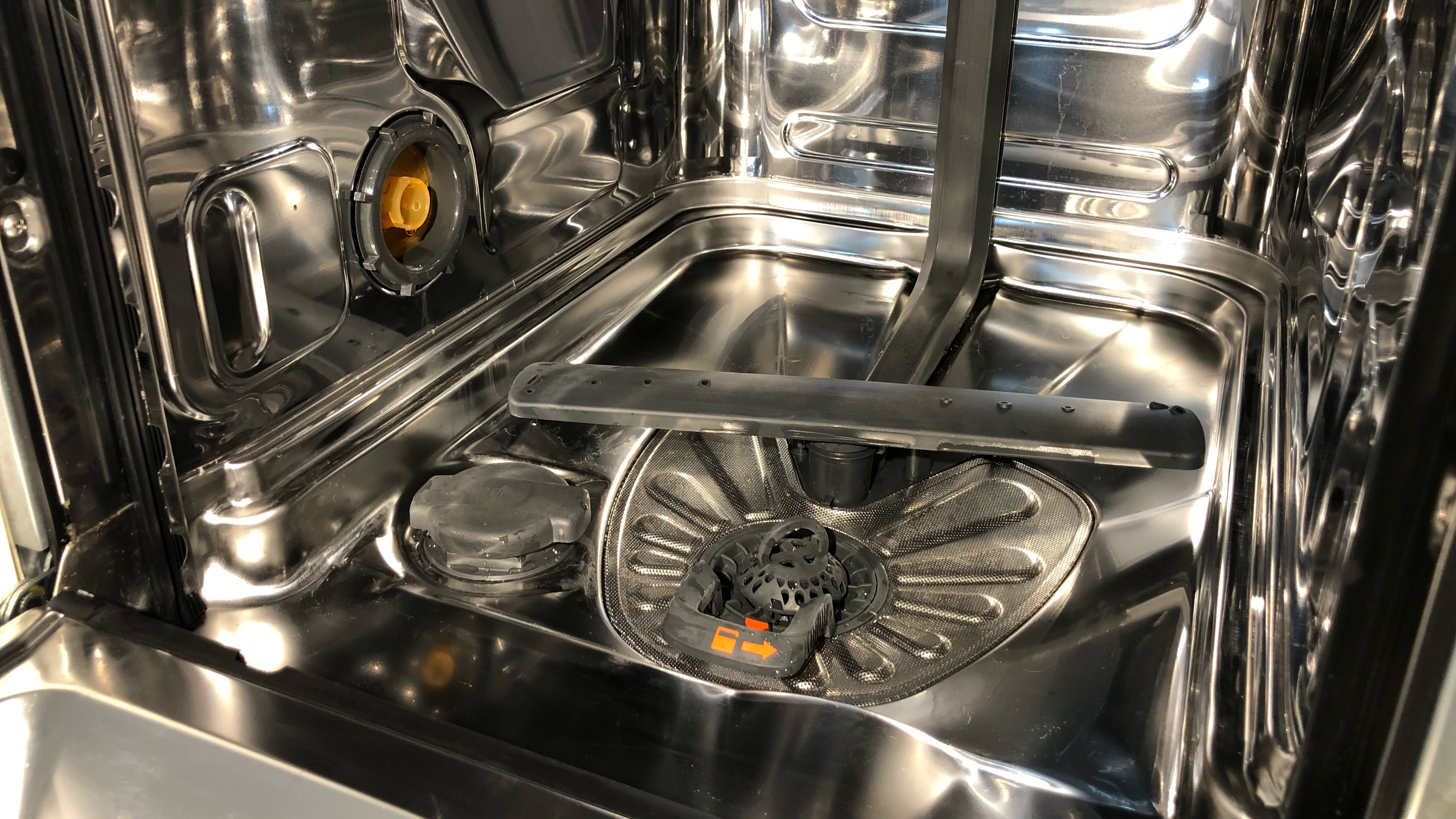
It’s essential that you learn how to clean a dishwasher, and find the time to do this thoroughly once a month. Otherwise, limescale, grease and soap scum can build up in the pipes and drains, ultimately leading to expensive repairs and maybe even a full-blown replacement in extreme scenarios. An unclean dishwasher could also be contributing to its smell, so it’s important to take the time to clean it.
Generally speaking, you should check the filter at the base of your dishwasher after every cycle. This sounds like a lot, but if there’s any food residue stuck in there, it will only circulate around your dishwasher with each wash, which isn’t a pleasant thought. Remove any residue and rinse the filter before returning it and locking it in place.
Deep cleaning the dishwasher requires a little more elbow grease. The door's sides and gaskets will need wiping down with a damp, microfiber cloth. Give the control panel a wipe where necessary too. The accessories within will need cleaning as well, including the spray arm, racks and the cutlery basket. Look out for any crevices where food residue can collect.
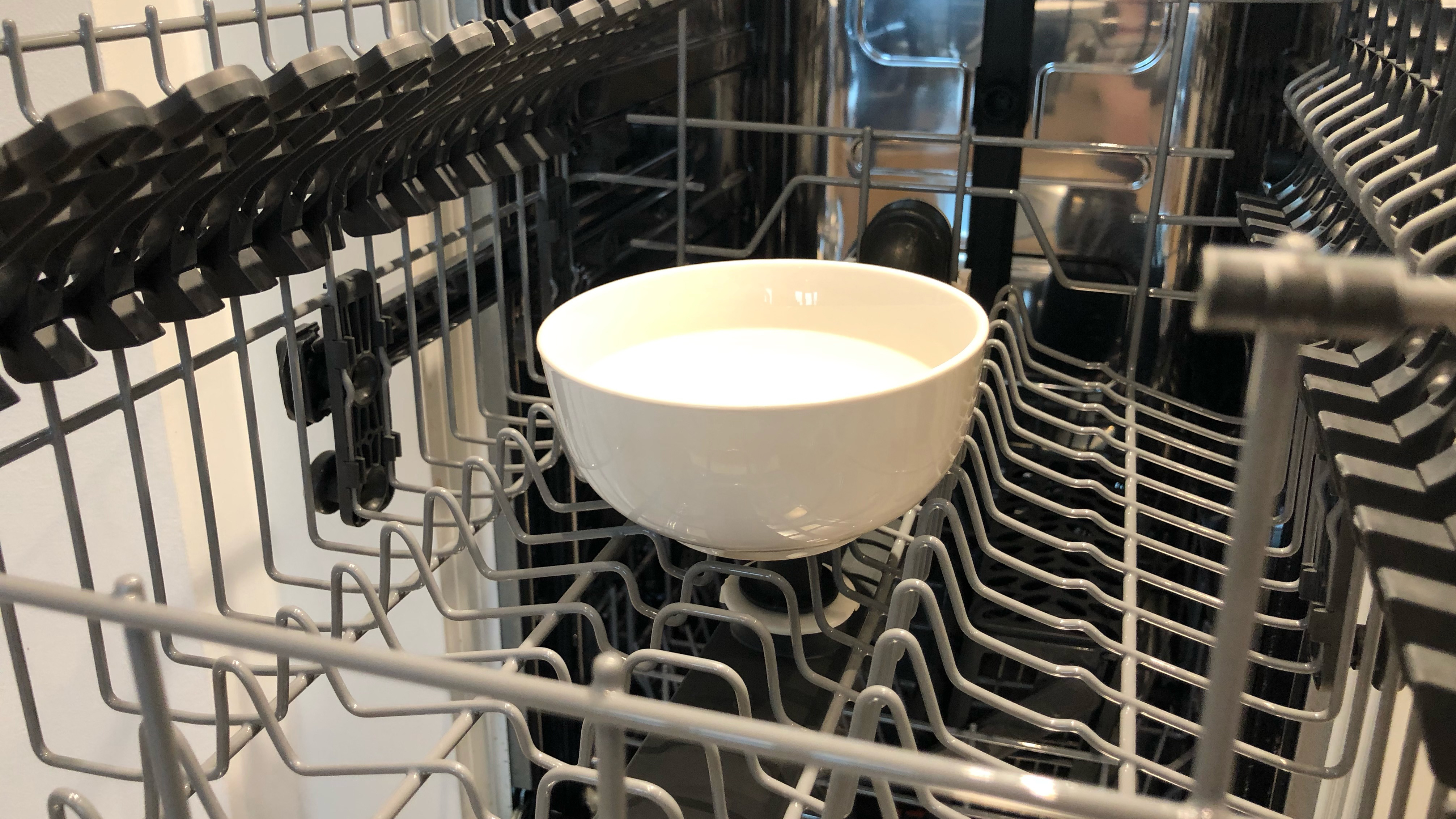
After this, you can tackle the grime you can’t reach. Either run a proprietary dishwasher cleaner, such as Finish Dual Action Dishwasher Cleaner ($3.74, Amazon), through the dishwasher or use a bowl of white distilled vinegar for the same effect. If you choose the latter option, you need to fill a bowl with white, distilled vinegar and sit it upright in the top rack before running the dishwasher on the hottest cycle. Baking soda can be used separately if you’re dealing with a particularly smelly dishwasher as well. See full guidance in how to clean a dishwasher. Note: never use bleach to clean your dishwasher as it will damage the stainless steel.
Don’t ignore the indicator lights on your dishwasher either. The salt and rinse aid reservoirs need to be kept topped up. Otherwise the water will be overly hard and won’t rinse as effectively, resulting in a poor wash and dry performance.
5. Choosing the wrong dishwasher
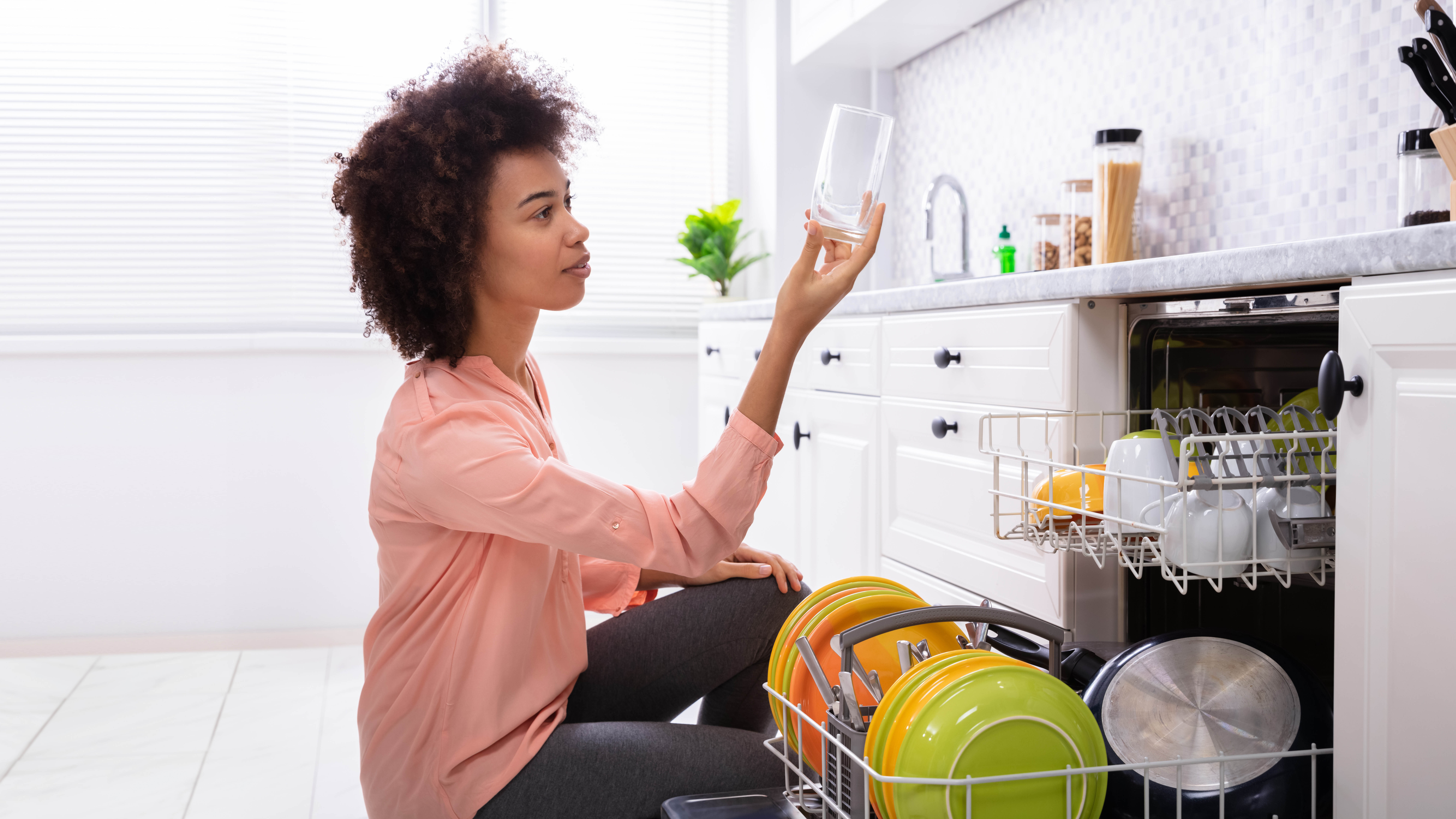
A lot of people select a dishwasher based on aesthetics and features alone, but there’s a lot more to it than that. You need to find a dishwasher that suits your needs and preferences, as well as one which delivers a strong performance. Your budget obviously needs to be taken into account on top of this. We always recommend finalizing your budget as well as what you need from your dishwasher before you start browsing, overwise you can easily end up overspending, especially with some dishwashers costing as much as $2,500.
When it comes to dishwashers, there are a lot more options than most are aware of. You don’t even have to get a standard size — both smaller and larger designs exist, which may better suit your kitchen space. It’s especially important that you pay attention to the specifications as well. The capacity, energy consumption, noise and features should all be taken into account and compared. For full guidance on choosing the right model for you, check out 7 things to look for when buying a dishwasher. And to find the top performers, check out our best dishwashers.
6. Not getting a dishwasher with a third rack
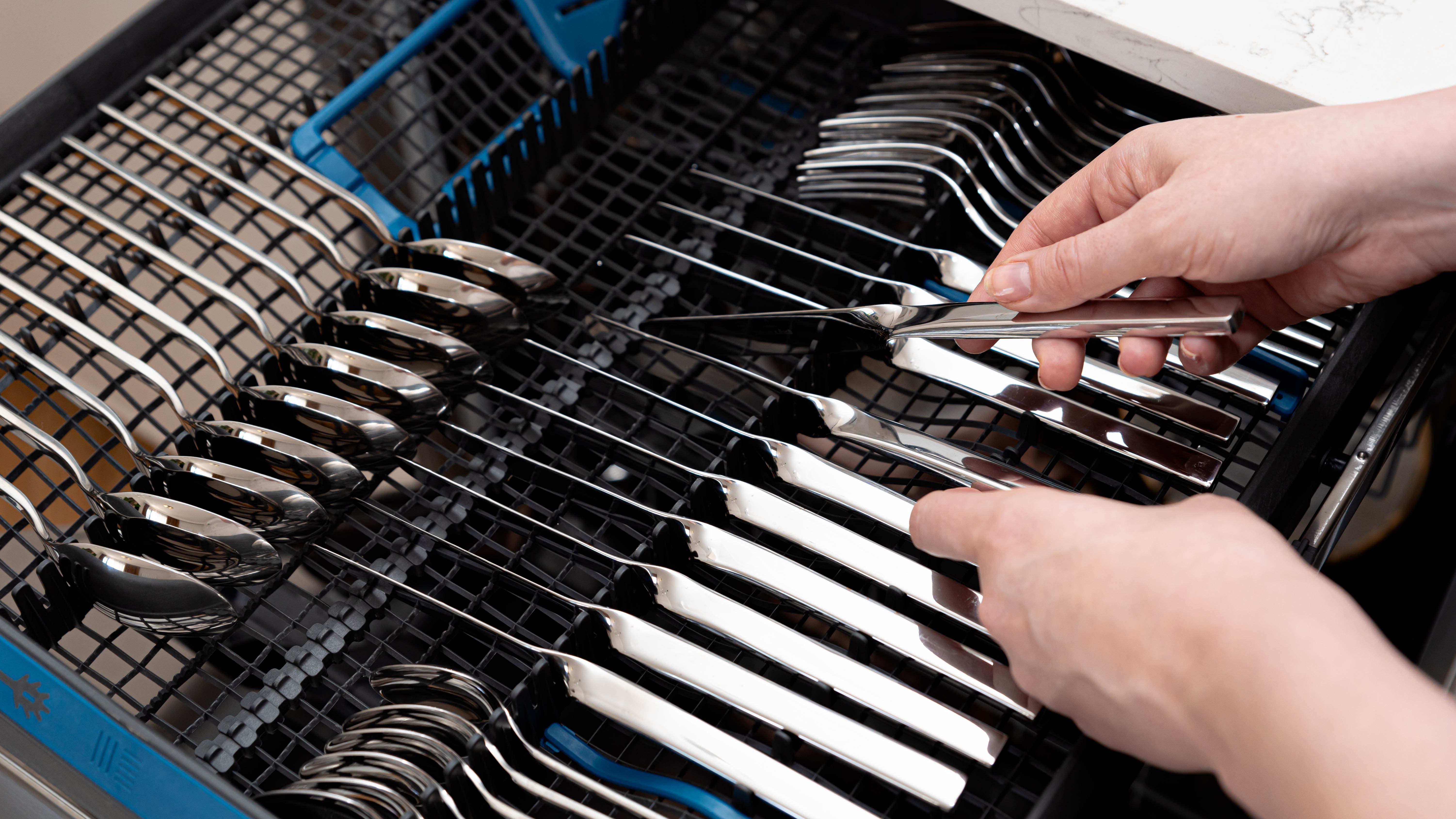
Third racks are especially useful in dishwashers, in my opinion. It's literally a thin, third rack, designed for cutlery, which sits at the top of your dishwasher. In my testing experience, it makes the loading process easier on the back, and improves the overall cleaning performance versus the traditional cutlery basket, because items are better separated. Third racks can also generally fit a lot more cutlery versus the basket, without cramming them together.
Some third racks can even accommodate larger utensils and glassware, making them more versatile and taking best advantage of the space. This feature is generally available with more premium dishwasher designs — if you’re looking at spending within this remit, it’s definitely worth opting for.
7. Rinsing the plates
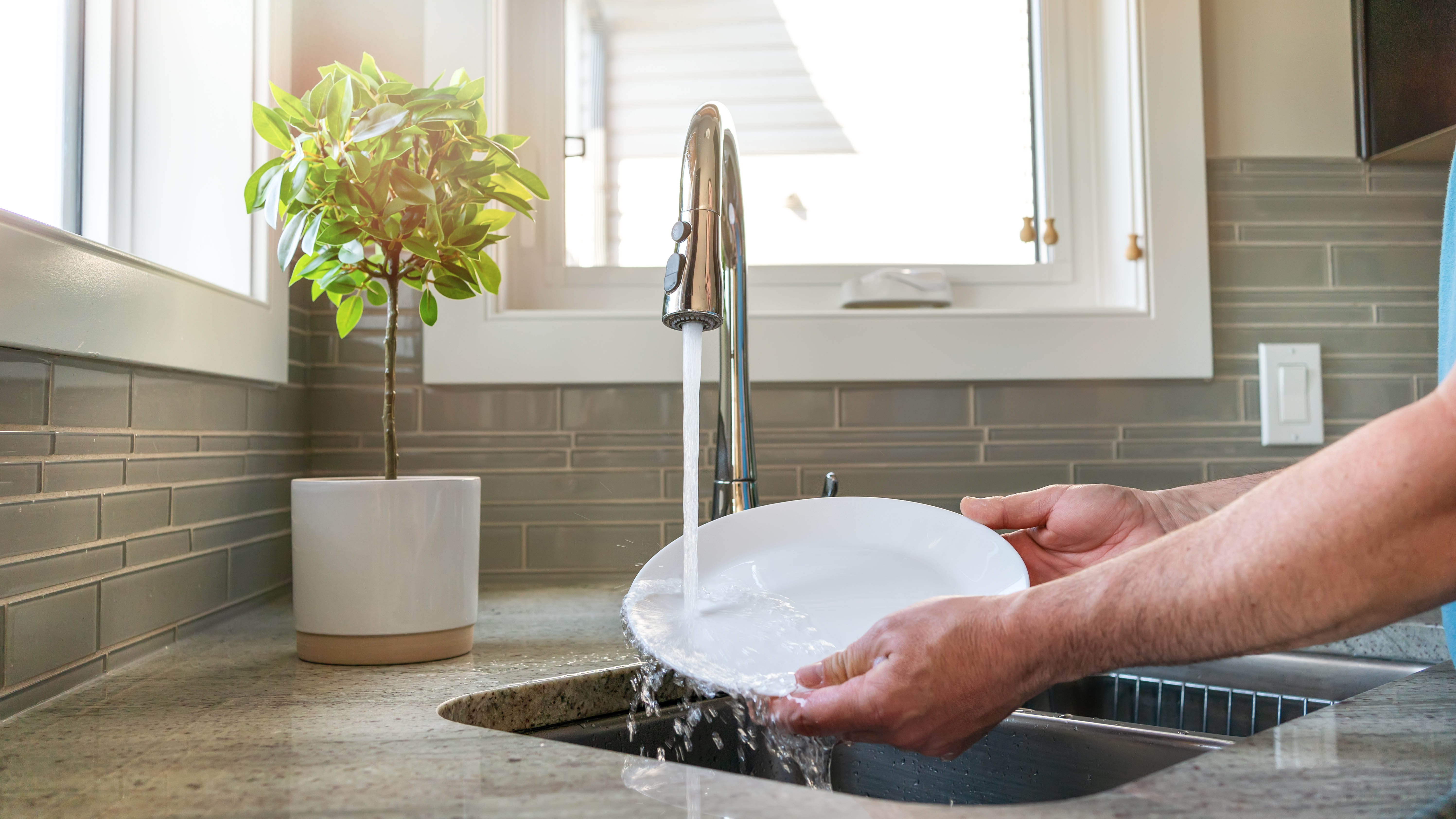
It can be tempting to rinse your plates before loading them into the dishwasher, especially if you’re conscious of the smell, but don’t do it. Your dishwasher is built to wash dirty dishes, so all you will be doing is wasting water and your time. In fact, this common dishwasher mistake is costing you money every day.
We’ve even calculated that you could be wasting up to 42 cups of water just to fill the lower basket, based on 14 place settings. Or 2000 cups of water a year, based on running it once a week.
Pre-rinse cycles exist on dishwashers if you're particularly wary of stubborn stains, but they're not necessary if you use the correct settings in my experience. It should not be used solely for the purpose of reducing the smell, as it would be a waste of water.
8. Leaving the door closed
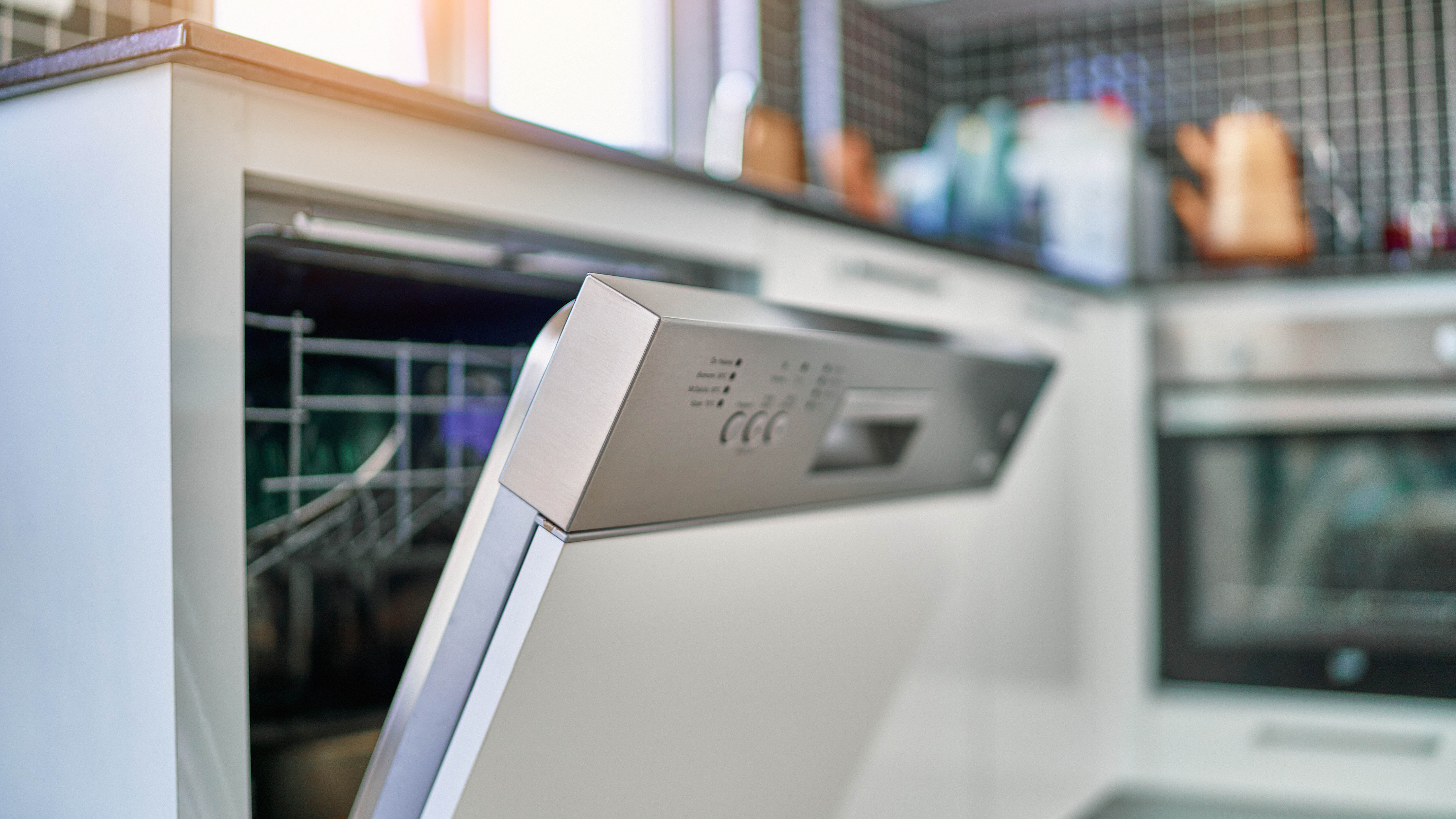
It’s fine to leave the dishwasher door closed while the interior is dry and it’s being filled with dirty plates. However, closing the door immediately after a cycle has finished isn’t a good idea. Even though the load may be dry, there’s still likely residual water in the dishwasher itself. Closing the door doesn’t give it a chance to vent, which encourages mold to build-up. So even if closing the door makes your kitchen look better, avoid this habit.
For more washing tips, tricks, and how-tos, check out our guides on best clothes dryers, when you should and shouldn't use the quick wash setting, here’s why fabric softener is bad news for you and your washing machine and 10 things you never knew you could wash in a dishwasher.
Sign up to get the BEST of Tom's Guide direct to your inbox.
Get instant access to breaking news, the hottest reviews, great deals and helpful tips.

Katie Mortram used to be a Homes Editor for Tom's Guide, where she oversaw everything from kitchen appliances to gardening tools, as well as smart home tech. Specializing in providing expert advice for cleaning and home manintenance, she now works as Household Advice Editor for Good Housekeeping.
